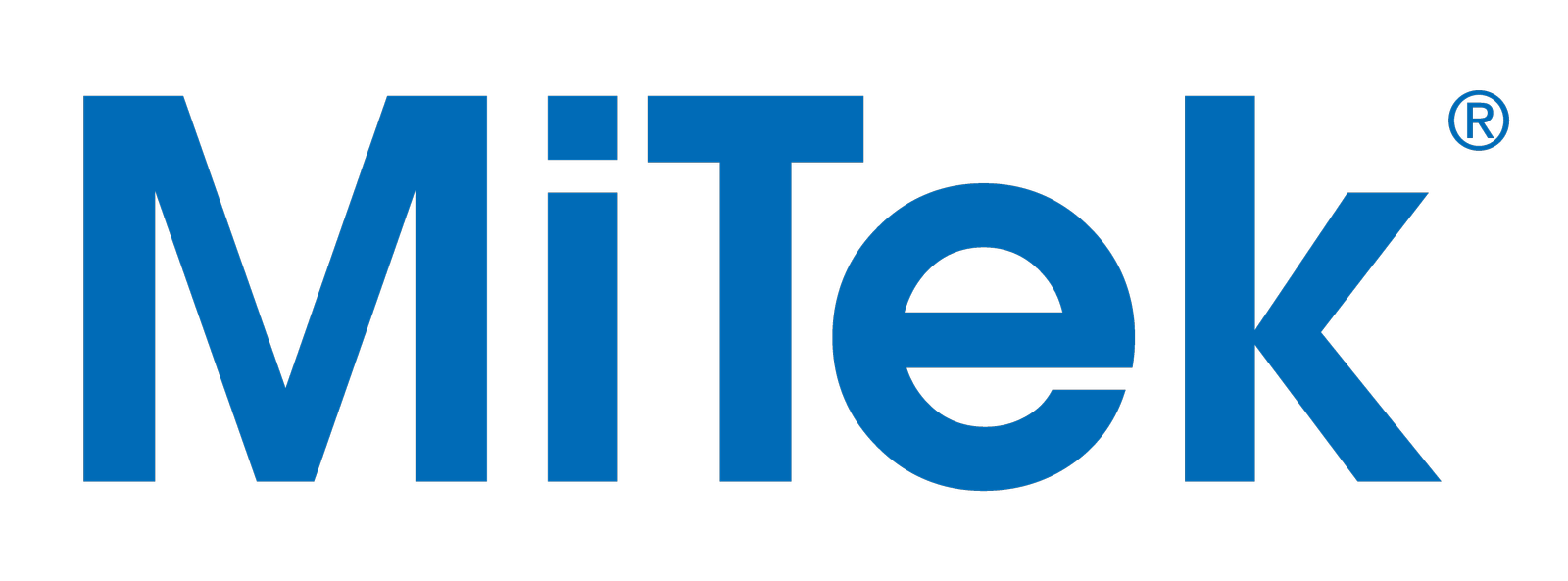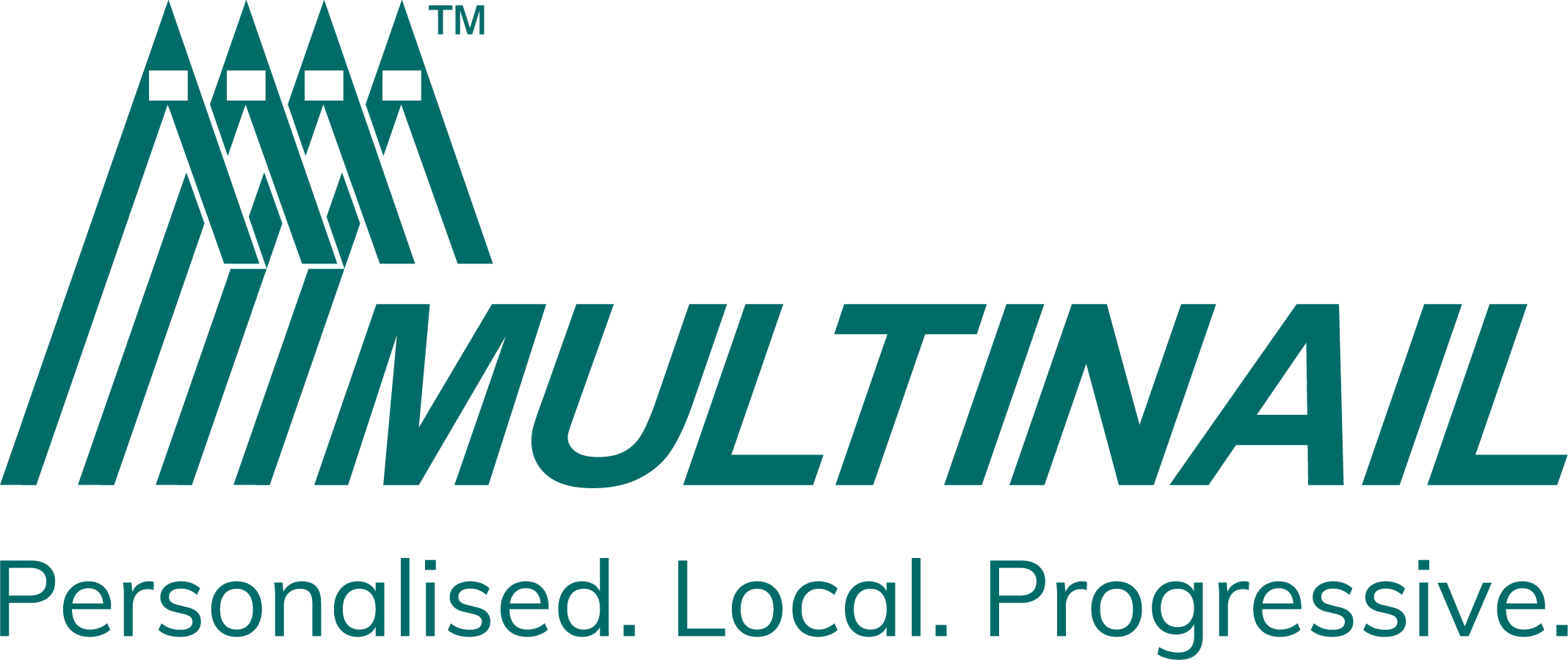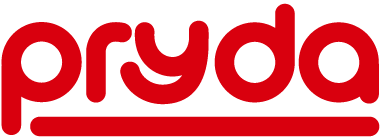
This piece was written and provided by FTMA Silver Sponsor, Vekta Automation
Whilst devices have become far more intelligent over the last decade, during which microprocessors have penetrated deeply into the world of manufacturing and provided a wealth of diagnostic and operations information, the real value of this information only materializes once a customer is able to access and use it.
Advances in integration capabilities, the intelligence in the devices and assets themselves, plus the unification of previously competing communication protocols, would contribute to the users’ ability to optimize their assets and gain valuable information, but today in the Frame & Truss industry, can they?
Taking a look around a process plant, we can list several technological innovations that have impacted automation and plant operations. Having surveyed the underlying technologies and trends of how automation has arrived at where it is today, now it’s time to ask the technologists to pull together. Here lies 3 important questions we should be asking in our supply industry; What are the technologies that are going to propel innovation in the next few years? Do we have the skills to work with them? Most importantly, will they work with each other?
In the future, we will continue to see the transformation of today’s manufacturing plants to optimise plant and supply networks through the proliferation of advanced sensing and wireless communication, continued adoption of software defined networking, greater utilisation of advanced control techniques, and continued optimisation of sustainable and safe production methods.
The other big transition is reduction of complexity, we call it human-centered design. It used to be if new technology came along and you could say there was some benefit, customers would say great, but what people do I need to train to operate it? It’s not an excuse any more to have technology that’s hard to use.
At Vekta we are working with our customers and their technology choices, providing continued development and advances in our software all the time known as “Simple”. How we interact with our integrators and customers, how to manage workflow, the continuous process improvement across an entire value stream, will be facilitated by vendors’ ability to offer Open Standards and agree on more Streamlined Integration.
Looking ahead, the exploding adoption of smart automation is going to be the biggest factor driving manufacturing operations in Frame & Truss. We’re at the very cusp of tapping into real potential if vendors are more willing to support Open Standards and Streamline Integration. It only means more options are available for customers, across their industrial automation workflows. Suffice to say there are significantly fewer obstacles in open systems.
Our Principal Partners



